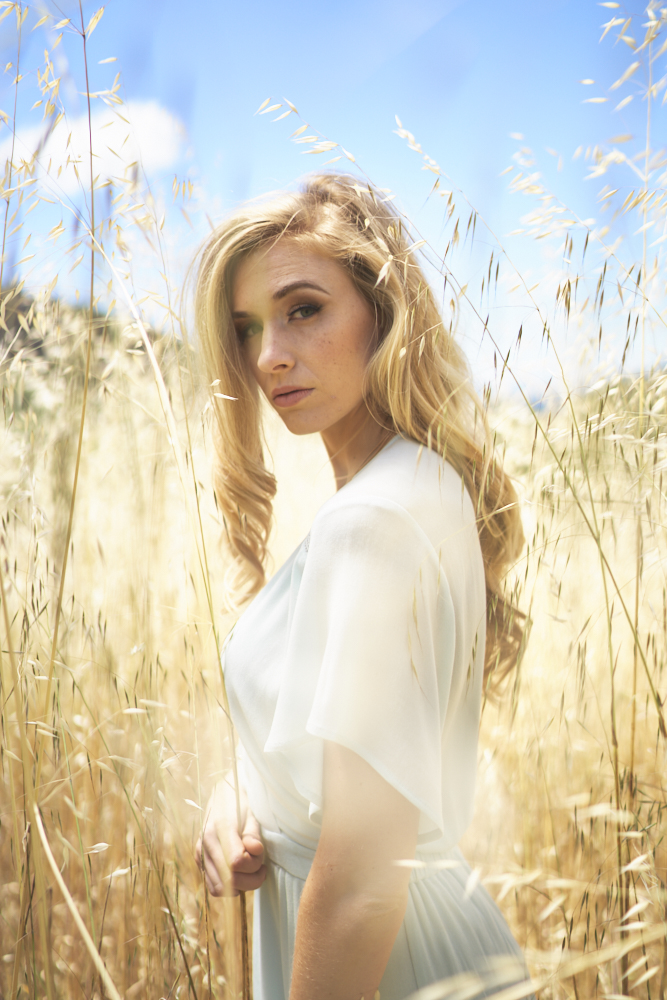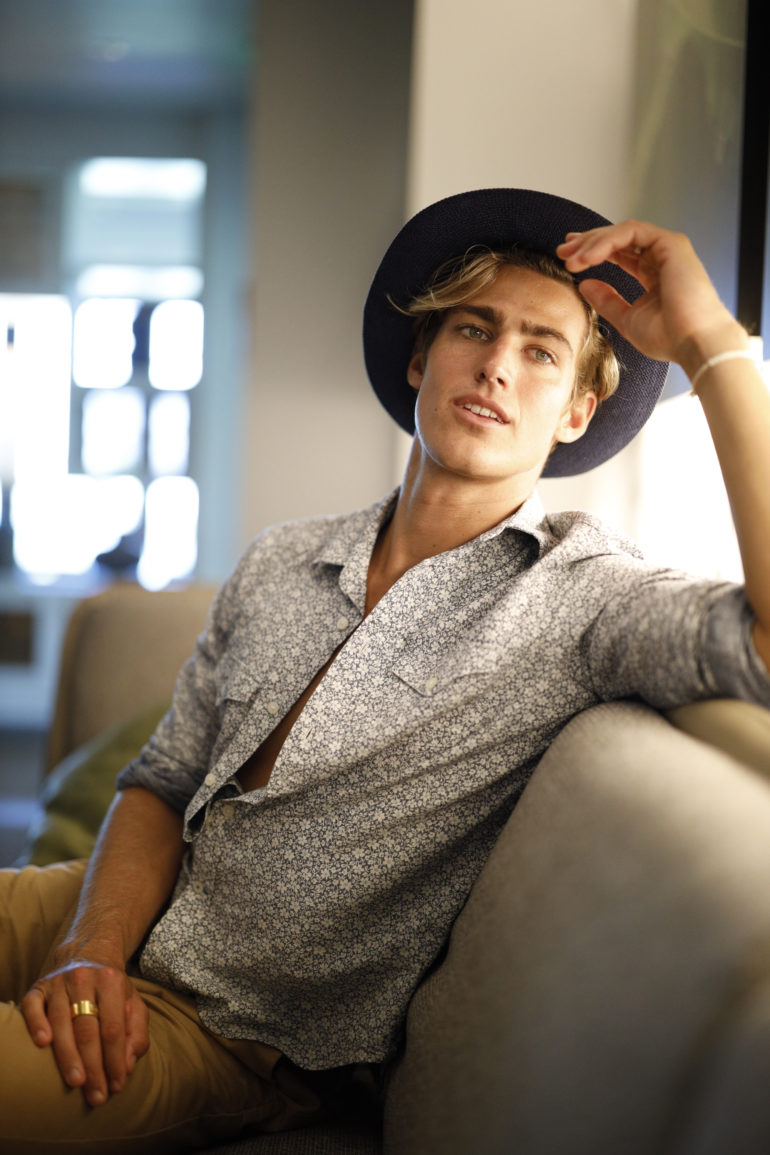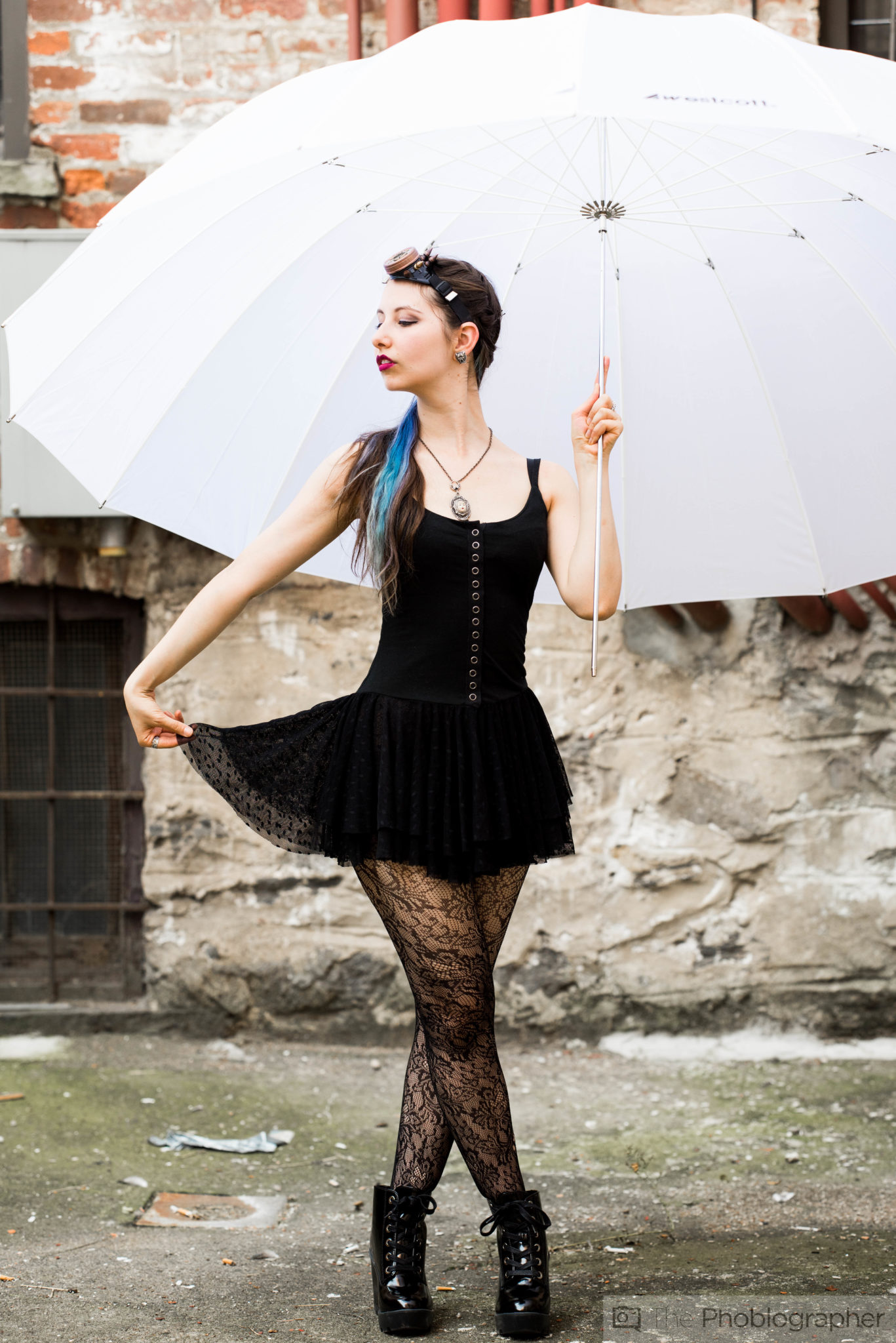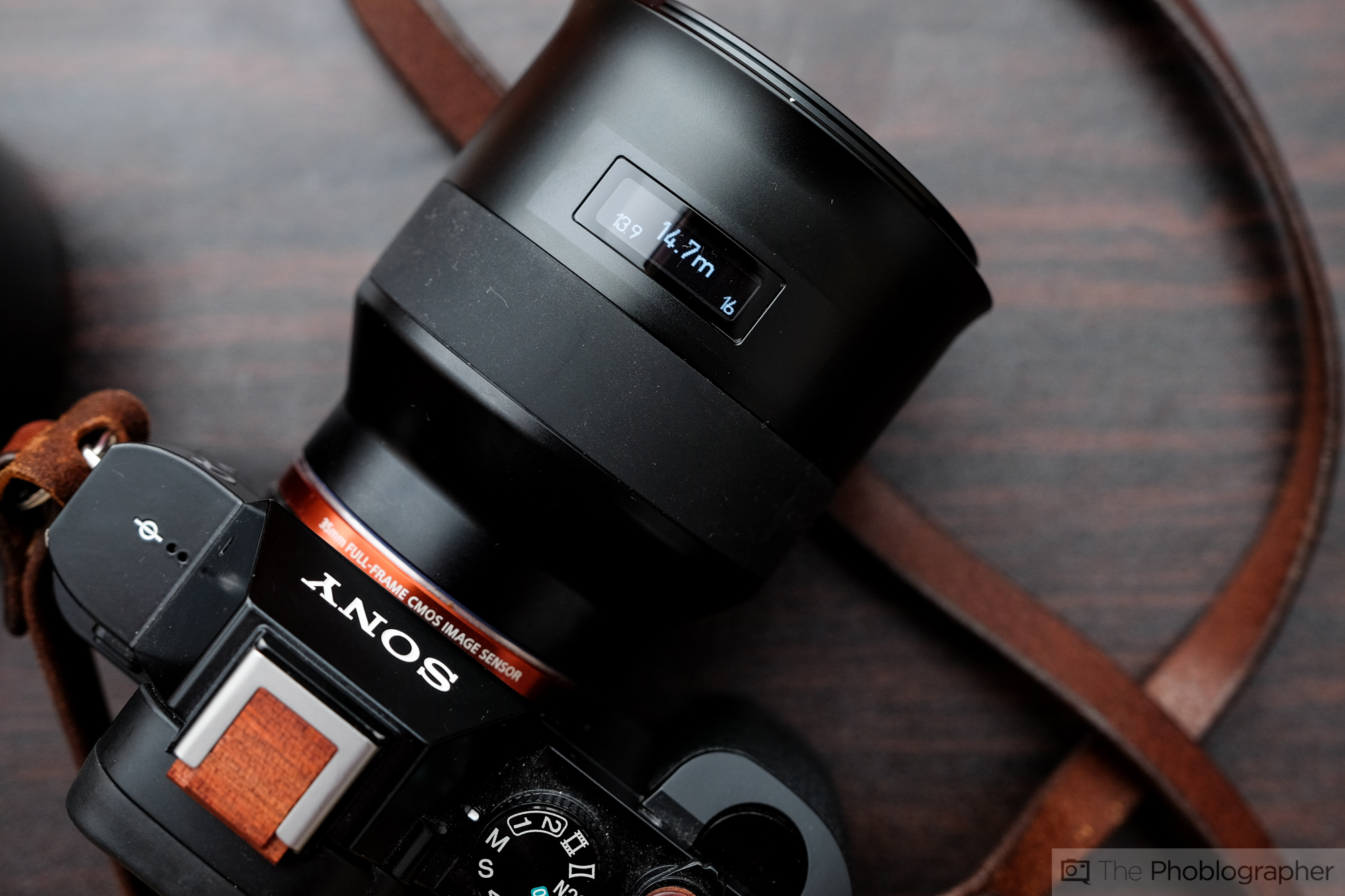Last Updated on 08/14/2019 by Mark Beckenbach
The staff at the Phoblographer love their prime much more than zooms.
It’s long been a well known fact that prime lenses are better than zooms, even though zoom lenses can be much more useful for professional reasons. If you’re looking for the penultimate of image quality, prime lenses are hard to beat. Not only are they often sharper and have better bokeh, but they’re smaller in comparison to many zoom lenses. For years, photographers used prime lenses exclusively. That is happening less and less in the professional world, but many pros still keep at least one prime in their kit. Here’s why you should love your primes.
They’re Often Sharper and Less Can Go Wrong with a Single Focal Length
Primes and zooms are often built to be the absolute best they can be, but prime lenses are often far easier for manufacturers to make. They focus on a single lens with less elements and groups. When a zoom lens changes focal lengths, the elements can sometimes have things that go wrong at different focal lengths–anything from lens creep, distortion, vignetting, etc. This has started to happen less over the past few years, but for every little bit that a zoom lens gets better a prime lens improves exponentially.
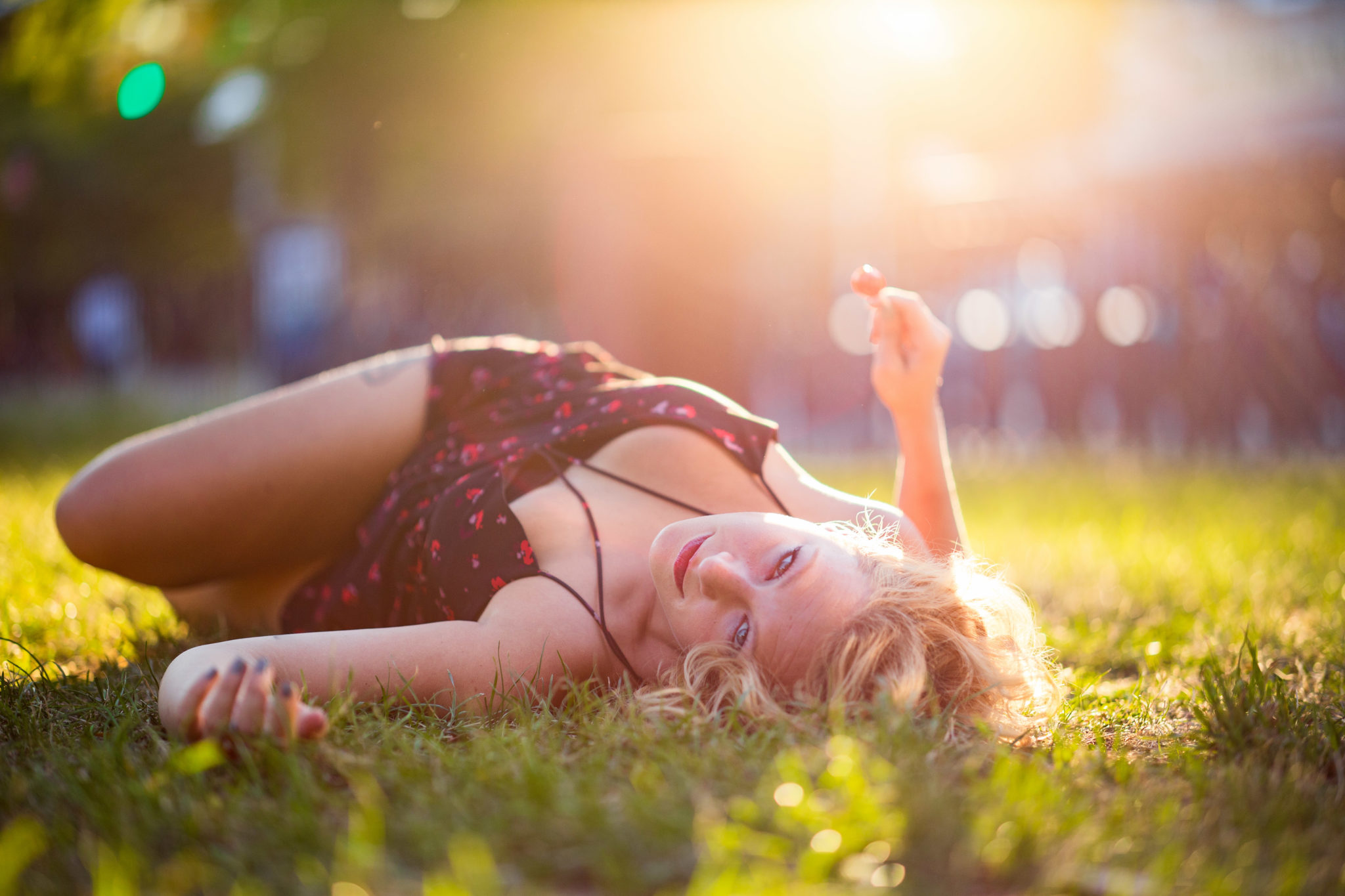
An 85mm f1.4 stopped down to f2.8 will be sharper than a 70-200mm f2.8 at f2.8. This is pretty much a constant. At this point I should also state that sharpness becomes more important with higher megapixel cameras. The effects of a flash will also make the output from lenses pop even more.
In Most Cases, Primes Are More Compact
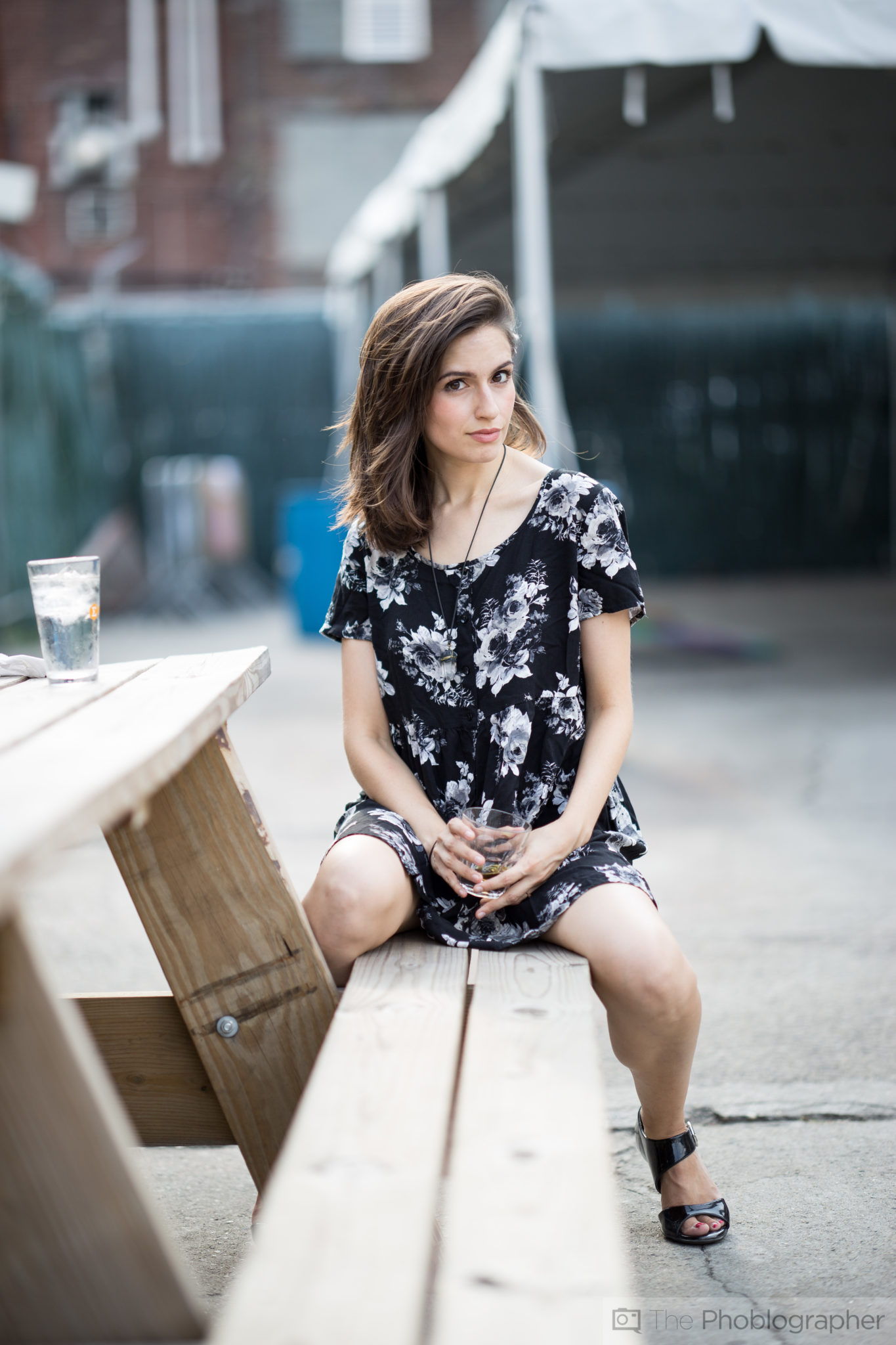
Two of my favorite camera systems are the Sony FE and Fujifilm X series cameras because of their small but fantastic prime lenses. I can fit two cameras and three or four prime lenses into a backpack and still have loads of room for lights and microphones if I need them. To be able to have these small, fast, and weather sealed (in most cases) prime lenses is such a joy as the overall size and weight of my kit is more manageable and means less stress on my back when I travel. Even when I’m working around home in NYC, having the smaller kit is better not only because the lenses are smaller, but they’re also very high quality.
In the case of Sony I own:
This is accompanied by Rode microphones and a Profoto B10. The same goes for my Fujifilm kit:
- Fujifilm XT2
- Fujifilm X Pro 1 (sometimes)
- Fujifilm XH1
- Fujifilm 35mm f1.4 R
- Fujifilm 50mm f2 R WR
- Fujifilm 23mm f1.4 R
- Fujifilm 16mm f1.4 R WR
Having the image stabilized sensors from Fujifilm and Sony both really help a lot. But these prime lenses have been in my kit for years now and they’re incredibly effective.
Fast Apertures Equals More Light and More Bokeh <3
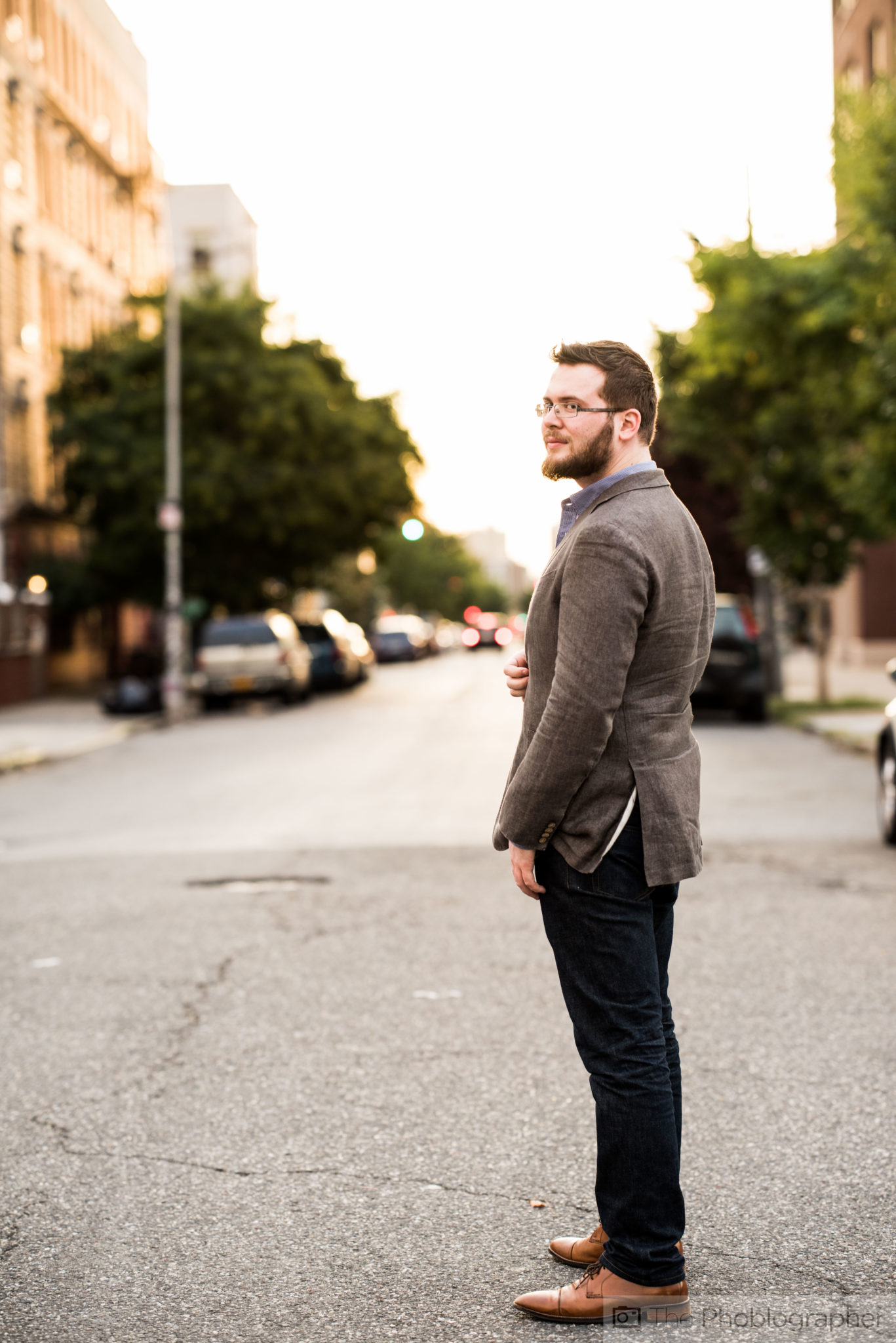
Many photographers obsess over bokeh, and that’s cool. But to me, bokeh and depth of field are more story telling devices. If I can really isolate a subject, then I’m happy. I already do a lot of work to isolate subjects via color and specific lighting, but combining it with depth of field can be very effective. A prime lens lets you have more of the depth of field/separation ability more so than zooms.
As I stated before, there is so much less that can go wrong with a prime lens than a zoom. With a prime lens, you’re also going to get more bokeh and light that can potentially hit the sensor.
It Gives Your Mind a Break to Focus on One Focal Length
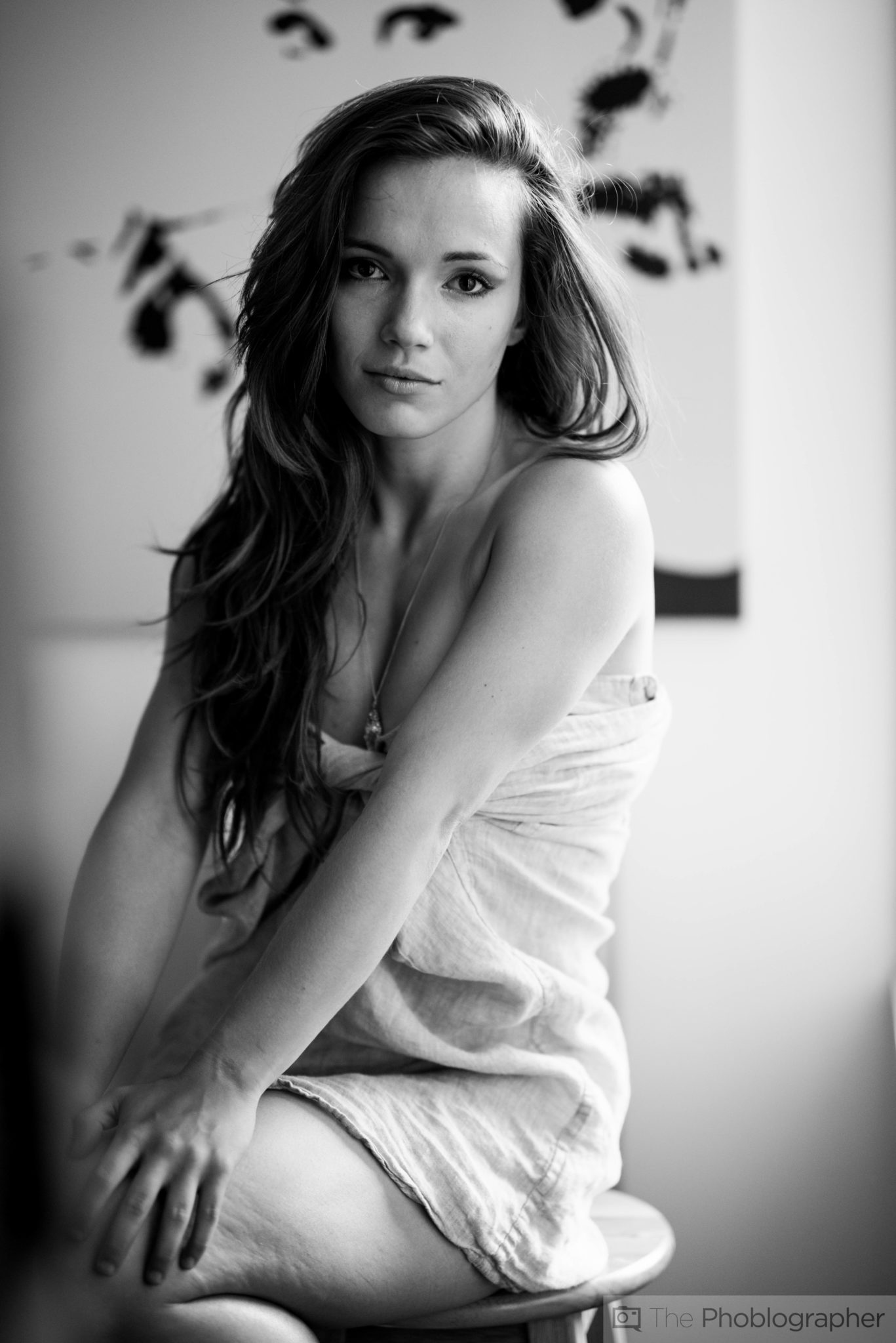
Ever hear someone say that they see the world in 50mm? Well, just think about how fantastic it would be to simply look at a scene and capture what your eyes see. That’s what a prime lens can do, with less fuss than a zoom lens. If your mind sees the world in 35mm or 28mm, then sticking to just that focal length is going to make shooting much more straightforward.
There is the argument that if you have a zoom lens, then you can have that focal length and so much more. I say, “Why bother?”
They Help You Form a Creative Vision
When you learn to capture the world in a focal length, eventually your mind’s eye turns into one that captures and eventually creates. And so you already sort of have a specifically sized canvas to work with. This, much like a painter works with a canvas, lets you figure out where to place certain elements, what should be in your scene, and how to light it. By learning how to work within a single frame (in this case, focal length) you can begin to learn how to create photos vs simply capturing.


